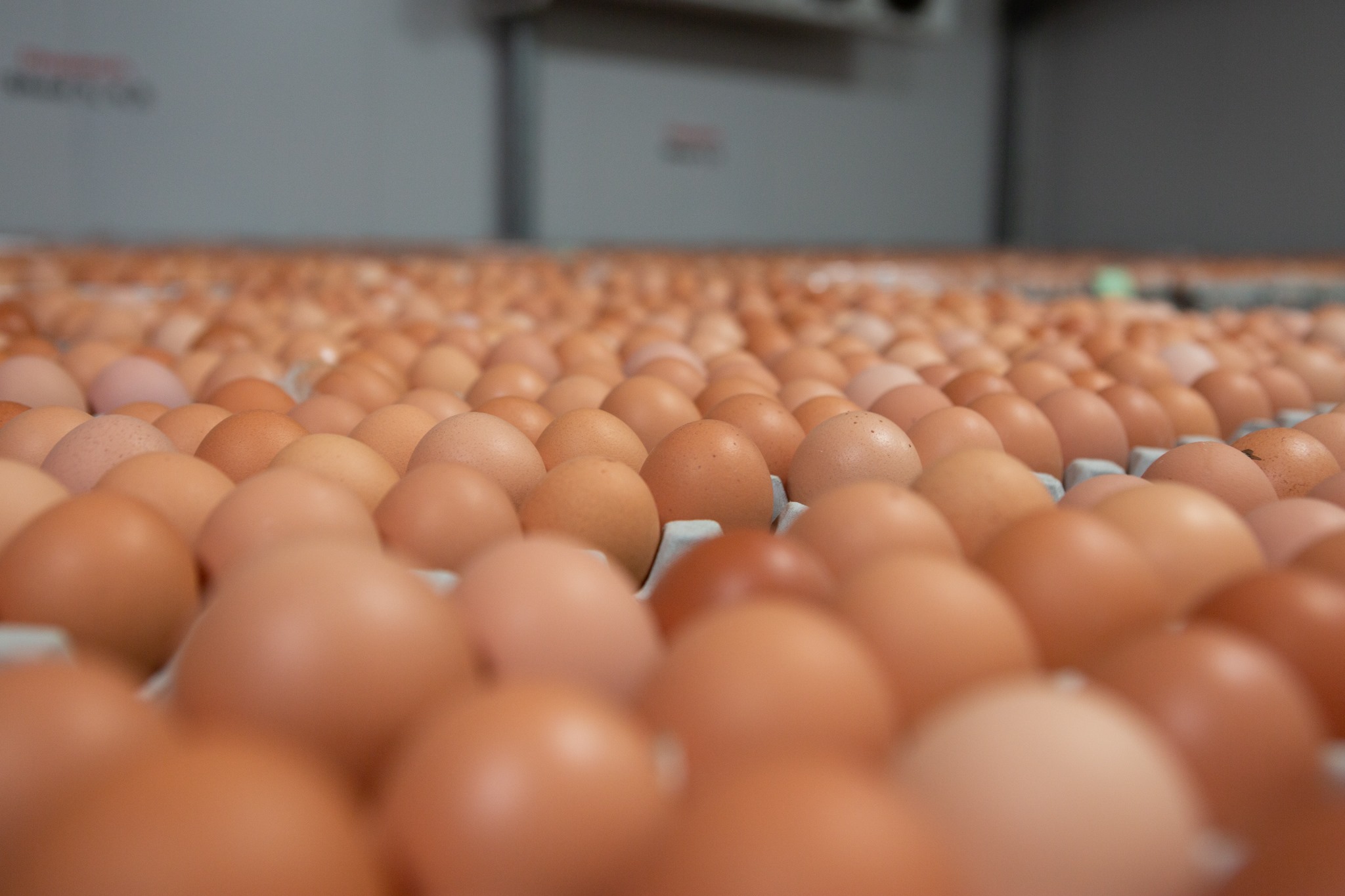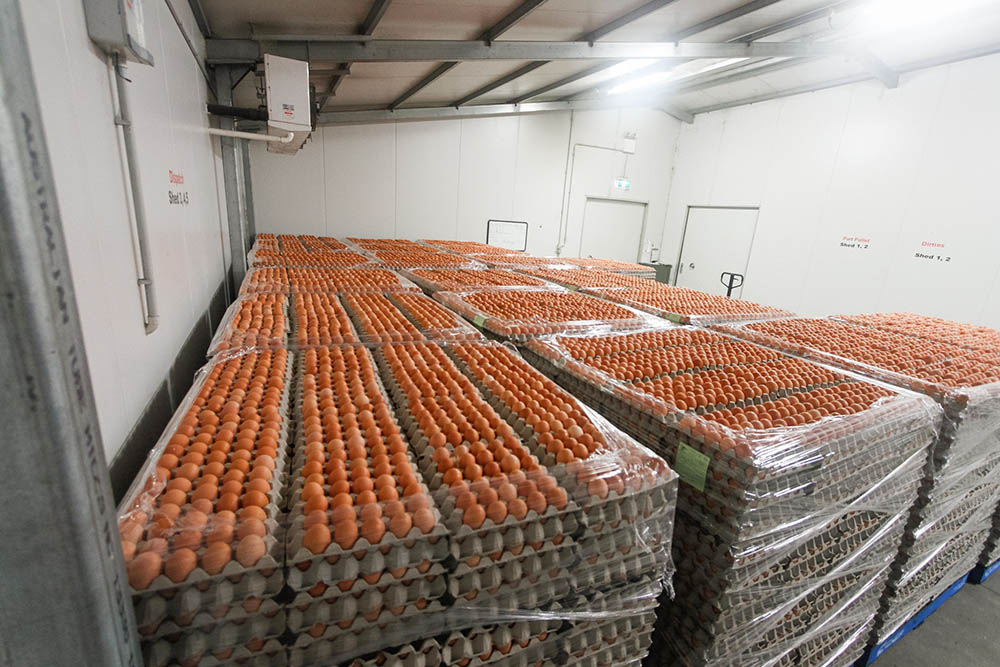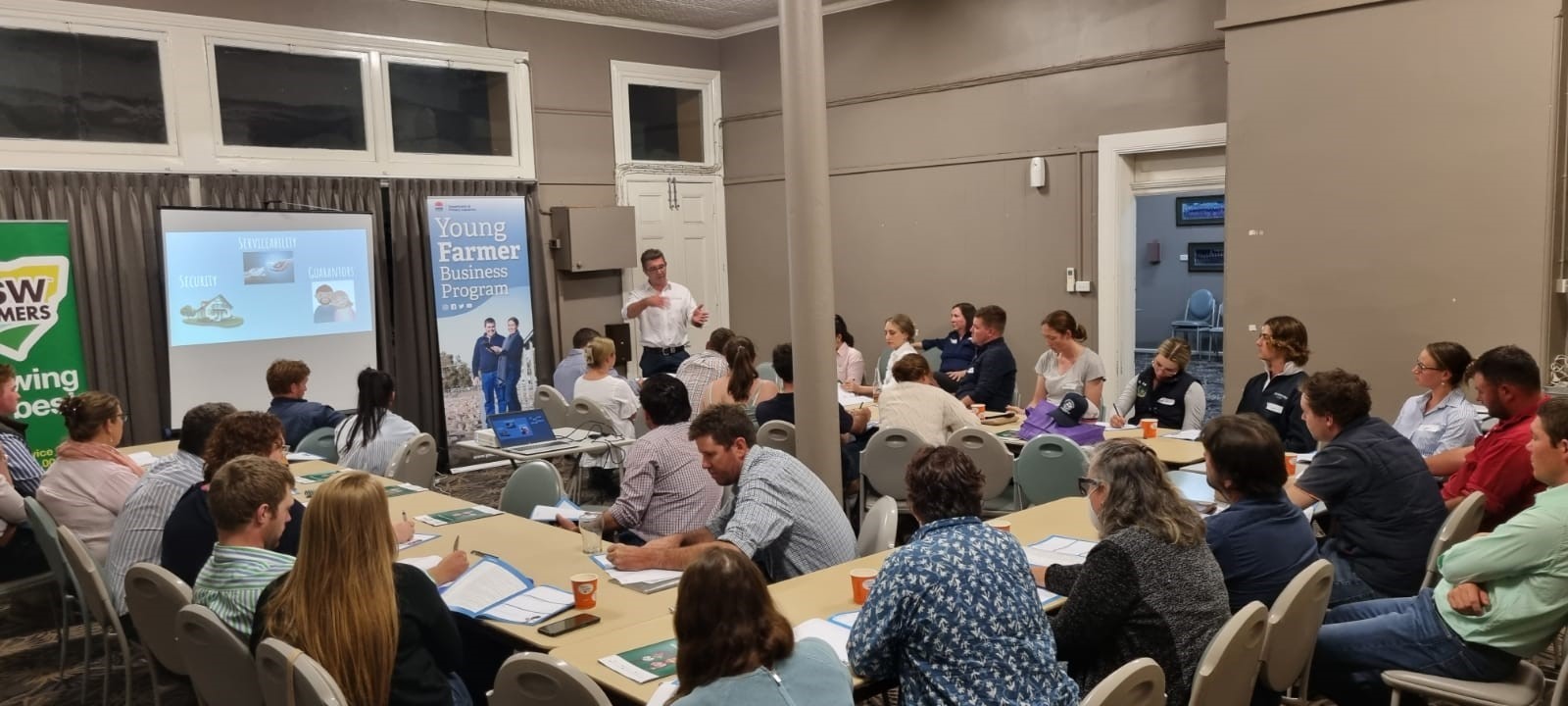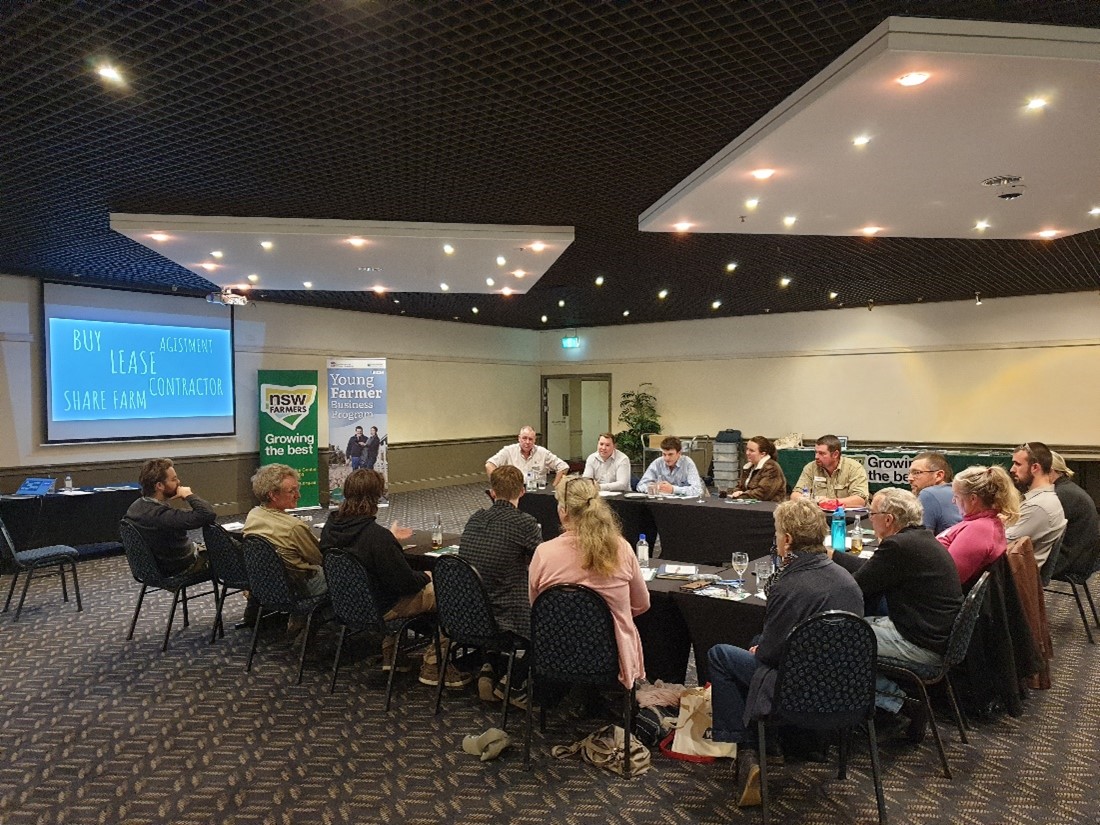- GVP $389.3 million est. Flat from the previous year.
- 65% of layer hens in NSW were managed in free-range systems in 2020-21.
- Retail premium for free-range eggs over caged eggs has decreased 6% annually since 2014-15.
Production
Price
Average gross value of eggs and retail prices per dozen 252 5
- Average gross unit value
- Retail Cage
- Retail Free Range
- Retail Barn-Laid
Trade

Macroeconomic Conditions

Outlook
Stronger Primary Industries Strategy
Young Farmer Business Program
The Young Farmer Business Program is focused on building business and social resilience of the next generation of young farmers and fishers aged 18-35, providing them with access to bespoke workshops, events and resources.
Upskilling the next generation to have strong, solid businesses which can manage risks, make sound business decisions and prepare for future challenges and opportunities is a key ingredient for stronger primary industries in NSW.
Strategic Outcome



Bank Ready is designed to give young farmers the skills and knowledge to navigate the finance approval process and ensure they are confident and prepared when approaching a bank or finance lender. Working in partnerships with industry, Bank Ready is facilitated by NSW Farmers and delivered by a local agribusiness banker. The workshop covers topics such as;
- Various financing options, including buying, leasing and equipment loans
- Finance ‘need to knows' including documents, deposits and required evidence
- Key finance terms
- How to form good relationships with the bank
"I am a young person working in a transport business and looking to buy a farm. Following the Bank Ready event, I have prioritised paying off my tax bill, and I have taken steps to buy a farm. I have started compiling the information that I need, had a follow up discussion with the accountant to get things up to date, and approached lenders other than my existing bank."
"Before the event we wanted to buy a farm, but I just didn't have enough confidence to know I was going about things the right way to get the finance. This stepped out the process and gave me the confidence that I'm doing the right thing."
"It's made getting everything together more efficient with my time. This means in the future it will be more efficient for the bank as well and makes me appear more professional. It's made the process less stressful, and I feel more confident.” Bank Ready attendee."
Since 2016, 59 Bank Ready workshops have been run across NSW with over 1370 attendees. The workshop continues to be requested by young farmers across NSW, even 6 years after it started.


